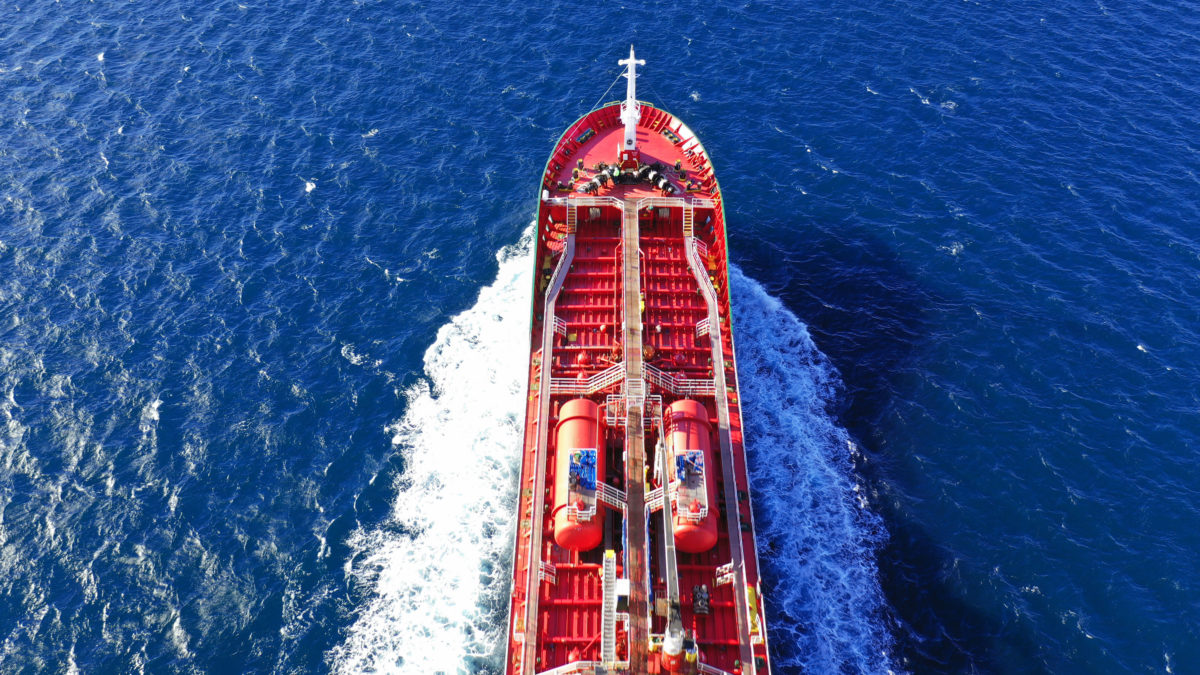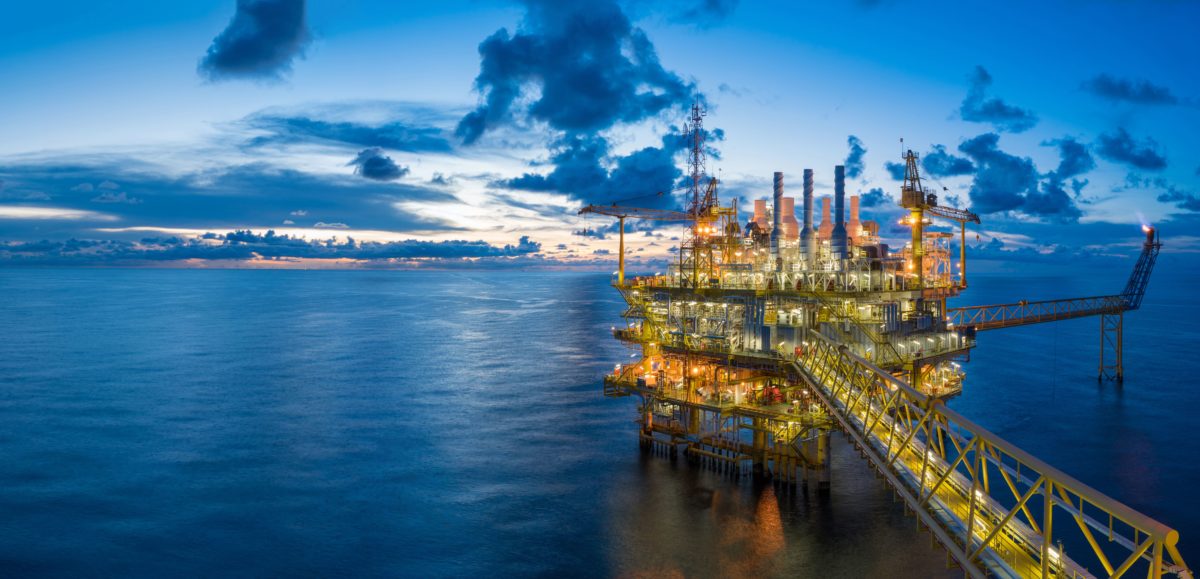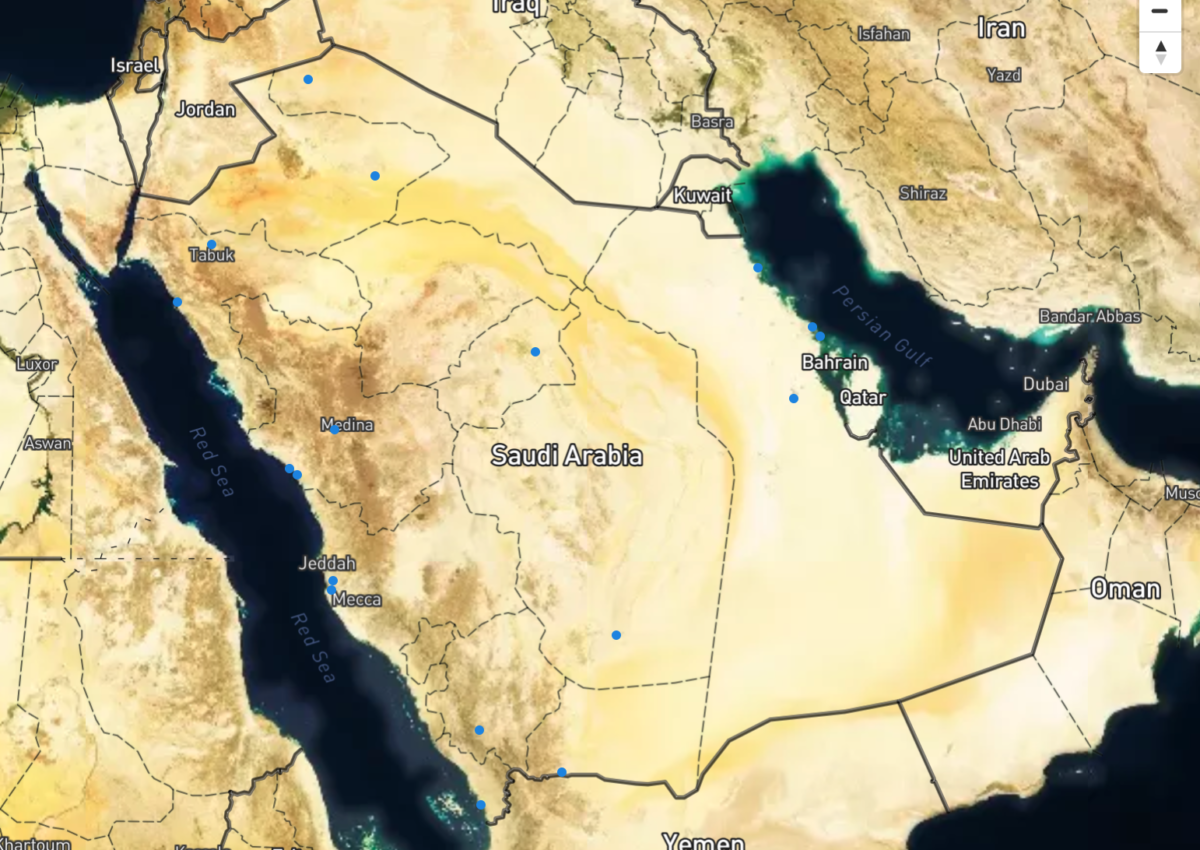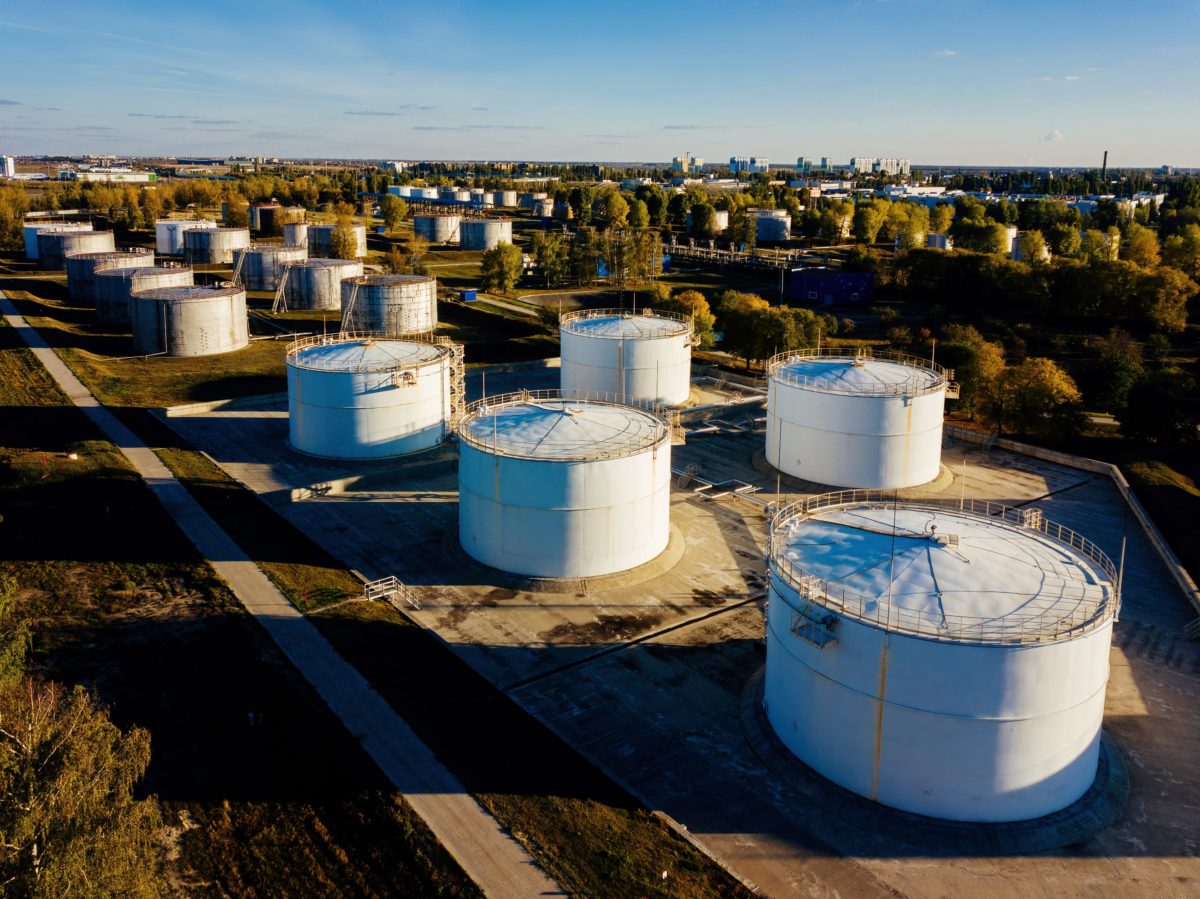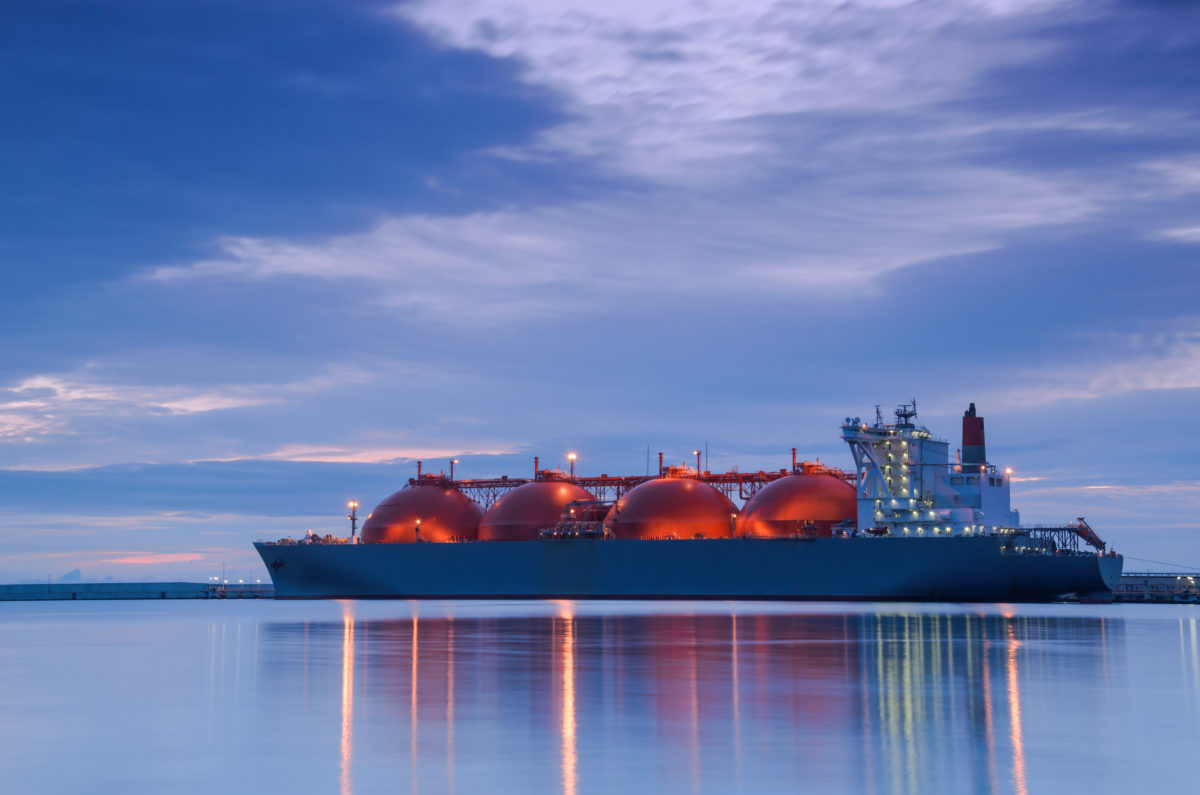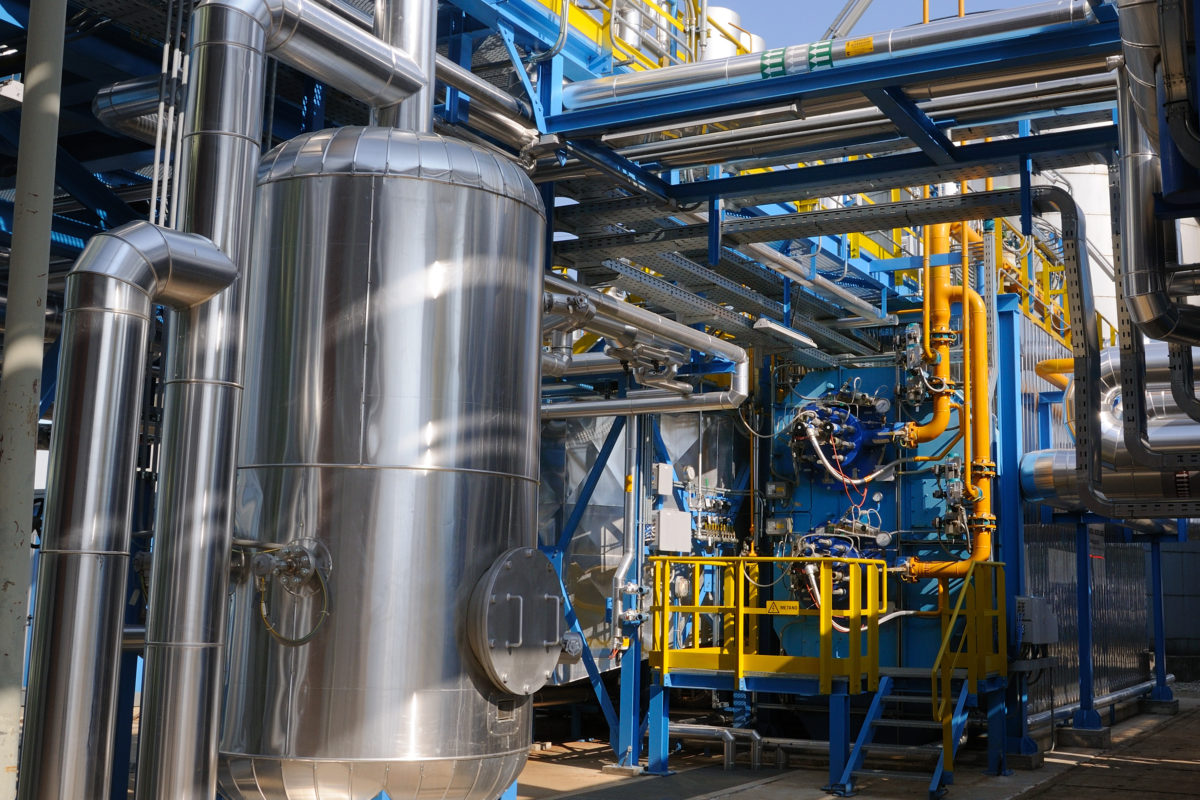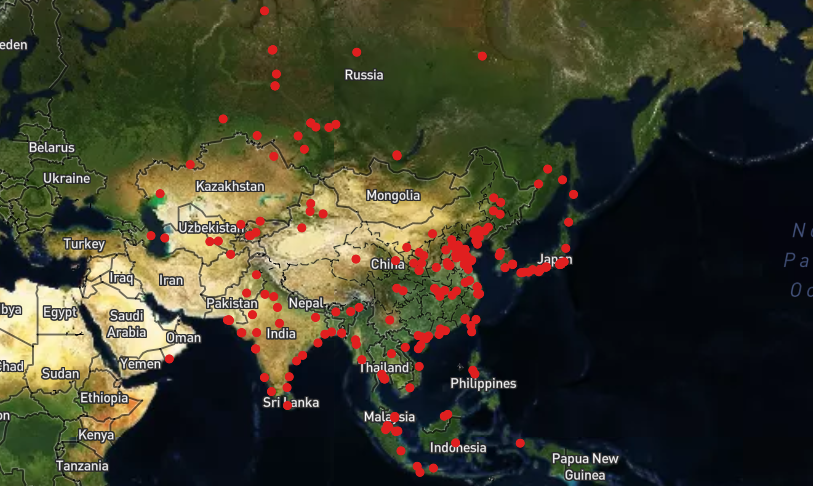Author: admin
Insights Global Consultancy General Terms & Conditions
PJK General Terms & Conditions
Independent ARA Stocks Rise From Seven-Year Lows (Week 9 – 2022)
Independently-held oil product inventories in the Amsterdam-Rotterdam-Antwerp (ARA) area rose during the week to 2 March, having fallen to seven-year lows a week earlier, according to the latest data from consultancy Insights Global.
Inventories of all surveyed products rose on the week, albeit from a notably low base. Steep backwardation particularly in the Ice gasoil forward curve brought inventories to their lowest since December 2014 at the end of February.
But market participants are now building stocks despite high prompt premiums across the barrel, owing to sudden uncertainty in the immediate future of supply from Russian outlets.
Northwest Europe is heavily dependent on some refined products from the Russian Baltic, and traders in the region have been working to guarantee their supply both from Russia and elsewhere while there are still spare cargoes on offer. Gasoline inventories were probably also supported by the need to begin producing summer-grade gasoline for export to the US.
Naphtha is a key blending component in summer-grade gasoline, and naphtha inventories almost doubled on the week, as cargoes arrived from Algeria, Greece, Norway, Russia, Spain and the US.
Gasoline stocks were supported by the arrival of cargoes from Finland, France, Germany, Norway, Spain, Sweden and the UK. The increase in gasoline blending activity prompted loading delays of several days for gasoline and component barges, particularly around the key blending hub of Amsterdam.
Gasoil stocks rose, despite barge flows from the ARA area to destinations along the river Rhine rising to four-week highs. Falling Rhine water levels have prompted some market participants inland to bring in gasoil from the ARA area despite the steep backwardation, purely in order to guarantee supply.
Seagoing tankers arrived in the ARA area from Saudi Arabia and Turkey, and departed for Denmark, France and west Africa.
Fuel oil inventories rose, supported by the arrival of cargoes from Estonia, Poland, Russia and the UK. No cargoes departed for destinations east of Suez, but tankers did depart for west Africa and the Mediterranean. Jet fuel stocks rose, and tankers departed for Sweden and the UK.
Reporter: Thomas Warner
Why Aren’t US Crude Exports Rising to Meet Demand?
Several factors suggest the time is ripe for a surge in US crude exports, but volumes have not changed much so far.
Global benchmark Brent crude is trading some $4.50 above US marker West Texas Intermediate (WTI), which is priced in Cushing, Oklahoma, which well exceeds the cost of transport from Cushing to export terminals along the US Gulf Coast. The US downstream is also in heavy maintenance and flows of Russian petroleum to Europe are under threat.
And yet, according to ship brokers and tanker trackers, US crude exports have not jumped.
Cushing Constrained
One major reason is that physical crude flows from Russia seem to be holding up for now.
Market players said the disparity between a wide Brent-WTI spread on the one hand and flat US crude exports on the other reflects a familiar dynamic — namely, that Cushing is constrained and to a large degree divorced from global markets at a physical level.
“Even if demand comes from overseas, the capacity out of Cushing is set [by the Seaway and Marketlink pipelines to the US Gulf Coast],” one Texas-based broker told Oil Daily, adding that he had virtually never seen either pipeline operating at less than the high 90% capacity.
That means that even though a potential disruption to Russian crude flows to Europe has helped widen the Brent-WTI differential, “Cushing can’t be responsive,” the broker said. That in turn widens the spread further.
In addition, several experts noted, inventories at Cushing are close to their minimum operating levels — realistically, very few barrels can leave the hub.
The Houston WTI price assessment is more relevant to export economics, the broker said, echoing statements from several analysts and other market players. Activity in the Houston futures market has picked up recently, but traders say the hub remains geared toward physical oil trade.
“If you look at the prices along the US Gulf Coast, those spreads didn’t widen like Cushing did,” said Andy Lipow of Houston’s Lipow Oil Associates.
Differentials did move, but not at the scale of Cushing WTI’s discount.
Structural Support
The structure of oil’s forward curve plays a role as well. WTI futures are in steep backwardation, with April trading some $2.10 above May and $4.50 above June.
Because Houston is so physical, and because the forward curve is in such steep backwardation, players in that market tend to sell what they have very quickly — they don’t build inventory, as doing so is a money-losing proposition.
“The sellers at Houston have sold their barrels 100%. They haven’t rolled,” the broker said.
In short, the barrels are already spoken for.
Looking Ahead
That’s not to say that US crude exports have no role to play in offsetting potential disruptions to Russian flows. But rather than a dramatic, structural surge, experts say such a development would mark a rearrangement of flows.
“Should the West ban Russian oil sales in Europe, which is highly unlikely, Russia would certainly seek to sell more oil into China by discounting the price,” Lipow said. “That would result in China buying less oil from other suppliers and that oil could be redirected to Europe.”
The same dynamic applies should Russia decide to cut off supplies to Europe.
The Asia-Pacific is the largest foreign regional consumer of US crude exports, and thus US flows there, displaced by cheap Russian barrels, would instead flow to Europe.
In addition, the US is mulling a major release of oil stocks from its strategic petroleum reserve. Market players said they expect the vast majority of any such release to be snatched up by overseas buyers rather than US refiners.
Some market watchers see March as a strong month for US crude exports. Tanker-tracking firm Kpler’s current outlook sees March crude and condensate exports close to February’s levels.
Aramco Closes $15.5bn BlackRock-Led Gas Pipeline Deal
Gas is a cleaner fuel than crude oil.
Saudi Aramco closed a deal to sell a stake in its natural-gas pipelines for $15.5bn and entered into a pact with BlackRock to explore low carbon energy projects.
An investor group, led by BlackRock, acquired a 49 per cent stake in Aramco Gas Pipelines Co. in a lease and leaseback deal in December, according to a statement. The consortium also comprised Keppel Infrastructure Trust, Silk Road Fund, China Merchants Capital, and Saudi Arabia’s state-owned Hassana Investment Co.
BlackRock’s investment comes even as chief executive officer Larry Fink puts pressure on firms to boost environmental, social and governance, or ESG, standards. Gas is a cleaner fuel than crude oil but still contributes to heating the plant.
“Getting to a net zero world will not happen overnight,” Fink said in the statement. “It requires us to shift the energy mix in incremental steps to achieve a green energy future. Bold, forward-thinking incumbents like Aramco have the technical expertise and capital to play a crucial role in this transformation.”
The 20-year arrangement “represents further progress in Aramco’s portfolio optimisation programme and highlights the strong investment opportunities presented by Aramco’s significant infrastructure assets,” according to the statement.
The deal is part of Saudi Arabia’s drive to sell assets and use the money to fund new industries from artificial intelligence to electric vehicles, while also increasing output of both oil and gas. In a similarly-structured transaction in April, Aramco sold a $12.4bn stake related to its oil pipelines to investors including Washington-based EIG.
By Bloomberg, February 27, 2022
Crude Oil at $100 per Barrel, Govt May Release Strategic Petroleum Reserves
New Delhi: To check the volatility and price rise of crude oil, India may release crude oil from its SPR (Strategic Petroleum Reserves). The Russia Ukraine war has disrupted global energy prices. Experts are suggesting that crude oil may hit even $125 per barrel later this year.
All major oil-consuming nations have coordinated to subside the crude price rise. On 23 February, White House press secretary Jen Psaki said that a release of reserves was “certainly an option on the table.” Earlier in November last year. US President Joe Biden has said that the US would release 50 million barrels of oil from the SPR in a bid to lower the fuel prices. The US has mentioned that The SPR release from the US will be executed with close coordination with major energy-consuming nations, including China, India, Japan, South Korea, and the UK.
India is the world’s third-biggest oil importer of crude oil and imports over 80% of its oil needs. At present Indian refiners hold crude oil reserves of 64.5 days. In addition to that, India also holds 39.62 million barrels of crude oil through its Strategic Petroleum Reserve body ISPRL (Indian Strategic Petroleum Reserves Limited). Cumulatively at present India has oil storage for 74 days.
In July last year, the Government approved the establishment of two additional commercial-cum strategic facilities with a total storage capacity of 6.5 MT underground storages at Chandikhol (4 MT) and Padur (2.5 MT) under public private partnership (PPP) mode under phase II of the SPR program. When phase II is completed, it will meet an additional 12 days of India’s crude requirement.
Reuters has reported In Aug, 2021 that India has begun selling oil from its Strategic Petroleum Reserve (SPR) to state-run refiners as it implements a new policy to commercialise its federal storage by leasing out space.
Let’s know more about the Strategic Petroleum Reserves :
What is Strategic Petroleum Reserve (SPR)
Strategic Petroleum Reserve (SPR) is kept by the government of a particular country or a private industry, to use in case of any crisis or emergency.
India maintains its petroleum reserves through a Government of India Special Purpose Vehicle called Indian Strategic Petroleum Reserves Limited (ISPRL). ISPRL is a wholly-owned subsidiary of the Oil Industry Development Board (OIDB), which functions under the administrative control of the Ministry of Petroleum and Natural Gas.
Benefits of Strategic Petroleum Reserve (SPR)
Petroleum and Natural Gas Shri Dharmendra Pradhan has told parliament that Govt has filled the SPR Strategic Petroleum Reserves to its full capacity during low crude oil prices in April / May 2020, which resulted in national savings for around 5000 cr.
Countries owning biggest Strategic Petroleum Reserves in world
- US – 714 million barrels
- China – 4000 Million Barrels
- Japan – 314.5 million barrels
- South Korea – 146 million barrels
- Spain – 120 million barrels
Zeenews by Abhishek Sankhyayan, February 27, 2022
Independent ARA Stocks Hit Fresh Seven-Year Lows (Week 8 – 2022)
Independently-held oil product inventories in the Amsterdam-Rotterdam-Antwerp (ARA) area fell during the week to 23 February to reach their lowest since December 2014, according to the latest data from consultancy Insights Global.
Inventories of all surveyed products except gasoil fell on the week, bringing overall stock levels to fresh seven-year lows. Gasoil stocks rose, having reached their lowest since April 2014 a week earlier amid steep backwardation in the Ice gasoil market.
The slight rise in inventories was caused by a diminution of barge flows to destinations along the river Rhine, which fell to fresh one-year lows as market participants inland sought to avoid building up their own inventories. Gasoil cargoes arrived from Russia and Qatar, and departed for Argentina, Germany and the UK.
Inventories of all other products fell during the week. Gasoline stocks ticked down, weighed down by a rise in flows to the US. Tankers also departed for Angola, Argentina, Canada, the Mediterranean, Mexico and west Africa.
The level of barge activity appeared to increase on the week, as market participants worked to produce export cargoes. Tankers containing finished grade gasoline and components arrived from Finland, France, Poland, Portugal and the UK.
Naphtha stocks fell heavily, weighed down by the increase in gasoline blending activity, to reach their lowest since June 2016 despite the arrival of cargoes from Algeria, Italy, Norway and the UK.
Naphtha consumption within the ARA was supported by the demand from gasoline blenders. Jet fuel stocks fell, amid a rise in demand as easing Covid-19 restrictions combined with school holidays to increase the level of civil aviation. A single cargo arrived from India while at least one departed for Norway.
Fuel oil stocks fell to reach their lowest since March 2020. Tankers arrived from Germany, the Mediterranean, Russia, Sweden and the UK, and departed for the Mediterranean and west Africa.
Reporter: Thomas Warner
Oil Refining Industry Can’t Keep Up With Demand
The price of global refined products are soaring—even more so than crude oil itself, as demand for those refined products is proving too much for refiners to keep up with, according to a new analysis by Vortexa.
Inventories of refined products are now near historic lows—and given the refining maintenance season that will soon be upon Asia and Europe, it doesn’t look that those historical lows are going to ease substantially.
Most refiners in Asia and Europe enter their refining maintenance season in Q2. But so far, Vortexa says, there is no indication that those refineries have plans to ramp up production ahead of maintenance season to provide a cushion to survive turnaround.
What this means is that today’s tightening may soon grow even tighter.
One might find it surprising that today’s high global refined products prices aren’t enticing refiners to up their runs. But higher costs for refiners as a result of higher natural gas prices, higher crude oil prices, and higher carbon tax costs in Europe are sucking up the extra cracks.
In the United States, gasoline supplies are also low—and falling–in part due to refinery and FCC maintenance in Q1.
Around the world, spare refining capacity is not widely available. According to Vortexa, Japan is one of the few countries with refining capacity to spare, but even Japan has, over the last two months, increased run rates by 40% compared to June 2021. Mexico has some spare capacity as well, but it hasn’t tapped that capacity in years, and China has spare capacity, but China’s spare capacity is tightly controlled by the Chinese government.
It’s likely that only a greater increase in refined products prices could entice China and Mexico to bring some of that capacity back online.
Oilprice by Julianne Geiger, February 21, 2022
Column: Crude Rally Driven by Supply Constraints Threatens Asia Refinery Margins
The warning signals are starting to flash for the profit margins of oil refiners in Asia with high crude prices threatening demand just as many of the region’s economies start to emerge from the coronavirus pandemic.
The profit from turning a barrel of Dubai crude into products at a Singapore refinery , the regional benchmark, dropped to $6.36 on Feb. 18.
The measure has fallen 24% from the recent peak of $8.37 a barrel on Feb. 14, which was the highest since the $8.44 recorded in late October last year.
The relationship between refinery margins in Singapore and the price of Brent crude futures , the global oil benchmark, isn’t always consistent and depends largely on the factors that drive the price of crude up or down.
Brent ended at $93.54 a barrel on Feb. 18, suffering a loss of nearly 1% from the prior week, the first such weekly decline since mid-December.
However, Brent has rallied 22% this year and is currently near a seven-year high, as the market frets over tensions between major producer Russia and its neighbour Ukraine, as well as the seeming inability of the OPEC+ group to actually increase output by its agreed monthly amounts.
When the crude oil price is gaining on strong demand, refining margins tend to move in the same direction, and conversely when oil falls on weak demand, so do refining profits.
However, when crude increases on the back of supply constraints, such as the current output restrictions put in place by the Organization of the Petroleum Exporting Countries and its allies, including Russia, in the group known as OPEC+, then refinery margins tend to weaken.
The potential issue for Asia’s refiners is that the current bout of crude oil strength is being driven by both demand and supply factors.
Up until now it would seem that the recovery in oil demand in Asia has helped drive margins higher.
Asia’s crude oil imports are estimated at 25.66 million barrels per day (bpd) in February by Refinitiv Oil Research, up from January’s 24.47 million bpd and December’s 23.71 million bpd.
It’s also likely that February’s imports will be the highest on a barrels per day basis since before the coronavirus pandemic started at the beginning of 2020.
DEMAND DESTRUCTION COMING?
However, with crude oil prices reaching close to $100 a barrel, leading to record or near-record high retail fuel prices in many Asia countries, including India, Japan and Australia, the risk of demand destruction is growing.
It’s also worth noting that physical crude oil is generally bought at least six to eight weeks ahead of delivery, meaning cargoes arriving in Asia now were arranged when crude was substantially cheaper than the current price.
This means the expensive crude being bought currently will only arrive at Asia’s refiners in late March or April.
It would seem that the high crude price is switching from being driven by a recovery in demand to being spurred by lack of sufficient supplies from major exporters.
In the fourth quarter of 2019 Brent crude futures rallied strongly as the market expected, and then got, a deep output cut from OPEC+. However, Asia’s refining margins collapsed at the same time, with the Singapore benchmark falling to a loss of $1.29 a barrel by Dec. 19, 2019.
If there are signs that demand growth in Asia is faltering amid high retail prices in coming months, and crude prices are still elevated on supply constraints, refining margins are likely to come under further pressure.
Reuters by Sam Holmes, February 21, 2022

